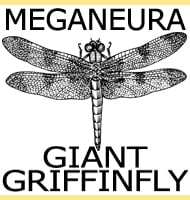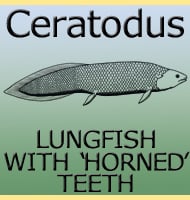In Depth
Like with other gompothere elephants, Amebelodon had two pairs of tusks, one in the upper jaw and one pair in the lower. The lower pair of tusks are of particular interest with this genus since they were shaped to form a shovel-like structure that pointed forwards from the lower jaw. It is widely believed that these tusks were feeding adaptations that allowed Amebelodon to uproot plants and scrape off tree bark.
Elephants similar to Amebelodon include Platybelodon and Gomphotherium amongst others.
Further Reading
- The feeding habits of the shovel-tusked gomphotheres (Mammalia, Proboscidea, Gomphotheriidae): Evidence from tusk wear patterns, W. D. Lambert - 1992. – The Eurasian occurrence of the shovel-tusker Konobelodon (Mammalia, Proboscidea) as illuminated by its presence in the late Miocene of Pikermi (Greece). – Journal of Vertebrate Paleontology 34:1437–53. – G. E. Konidaris, S. J. Roussiakis, G. E. Theodorou & G. D. Koufos – 2014.









